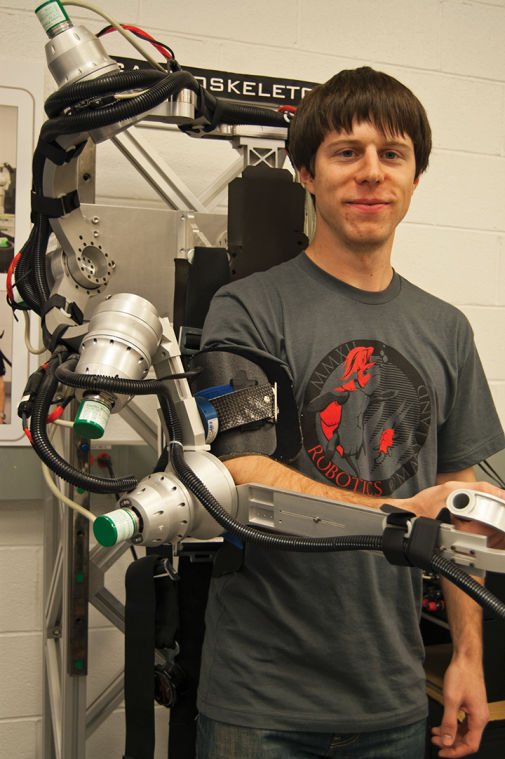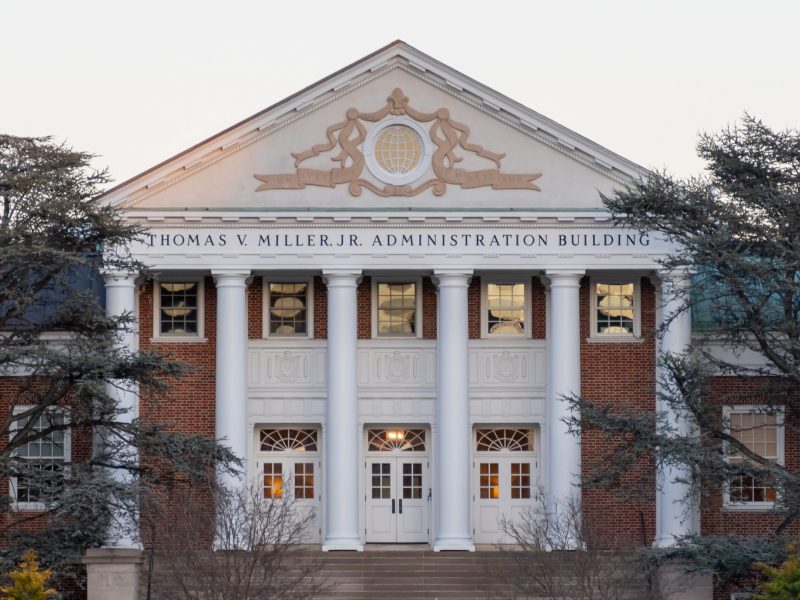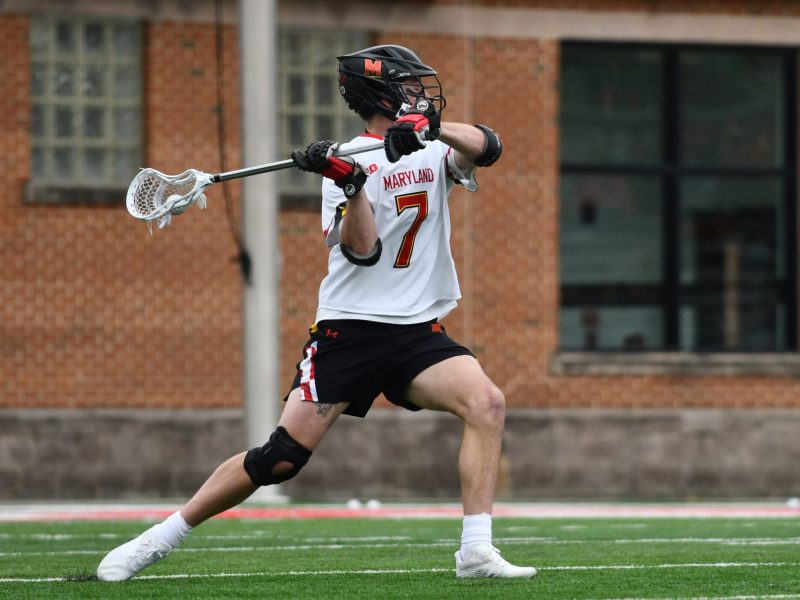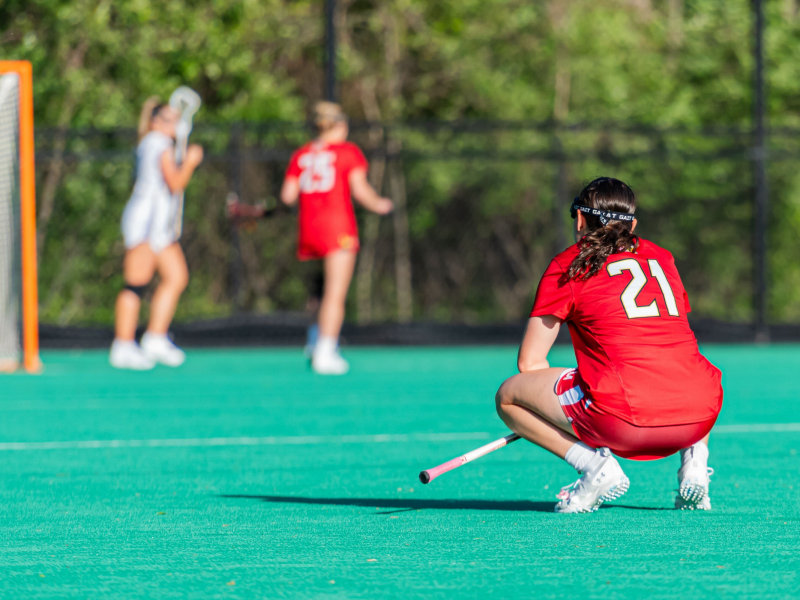
Graduate student Justin Brannan demonstrates the MGA Exoskeleton during the Mpact event. Among other things, the Exoskeleton can magnify force exerted by the user, and sync with a remote robot arm.
Robots, demonstrations and tours took over the engineering building and several other university buildings Friday for Maryland Robotics Day.
This university’s fourth annual Robotics Day, part of Mpact Week — the engineering school’s research and innovation celebration — brought thousands of visitors to the campus to observe research and development in the robotics field.
“This year was one of the best,” said Nuno Martins, Maryland Robotics Center director. “We had very good participation.”
Faculty and students from the engineering department came together to put on the event, which involved activities, robot demonstrations and lab tours for students from kindergarten through 12th grade as well as industry and government guests.
Robotics Day allows visitors to see the university’s work and gets children interested in science, said Rebecca Copeland, the public relations and information management director for the Institute for Systems Research.
“[Students] can get an appreciation from people for all of the work that they did,” Martins said.
Seventeen faculty-led, robotics-centered labs were open for exploration and observation. They focused on different types of robots, such as biological, medical, miniature and extreme-environment robots, showcasing different types of systems and skills.
The morning events attracted about 1,000 visiting students from surrounding schools who could observe robots produced by other children in addition to the university-produced creations. This year was the first that FIRST — a national nonprofit aimed at getting kids more involved in science, technology and robotics — attended the event, said Bill Duncan, the regional director of this state’s FIRST program.
“We try to expand the realm and capabilities of K-through-12 students,” Duncan said. “We’re trying to get more kids interested.”
Chenelle Foster, a 14-year-old FIRST participant who is part of Team Illusion 4464, showcaseded her robot with her teammates in the engineering building. Foster, one of about 25 people on her team, helped build a robot that shoots Frisbees. Her team won the Washington region FIRST Robotics Competition Rookie All Star Award.
“We’ve had way, way more kids than we even thought we’d have [this year],” Copeland said.
Students in the Science, Technology and Society College Park Scholars program such as Vineet Padia, a freshman mechanical engineering major, led tours in and out of demonstrations.
“This event is to bring awareness,” Padia said. “There are a lot of STEM activities to introduce to people in the field of engineering.”
Doug Klein and Kyle Cloutier, both senior aerospace engineering majors, showed off their second-place rover, Demeter, which was part of NASA and the National Institute of Aerospace’s 2013 RASC-AL Exploration Robo-Ops Competition.
Part of ta team of 17 students, Klein and Cloutier worked on building the rock-collecting robot for about three months, splitting the various building responsibilities among each team member.
“[Building robots] is very hands-on, and you can see the results quickly,” Klein said. “You can really see how fun robotics is.”



